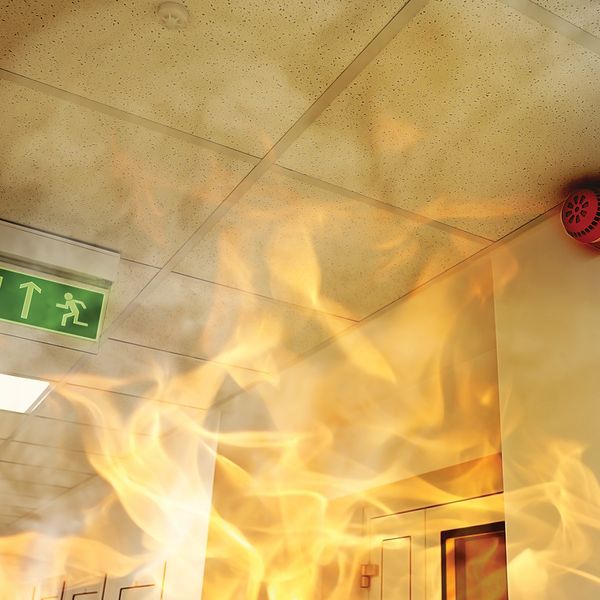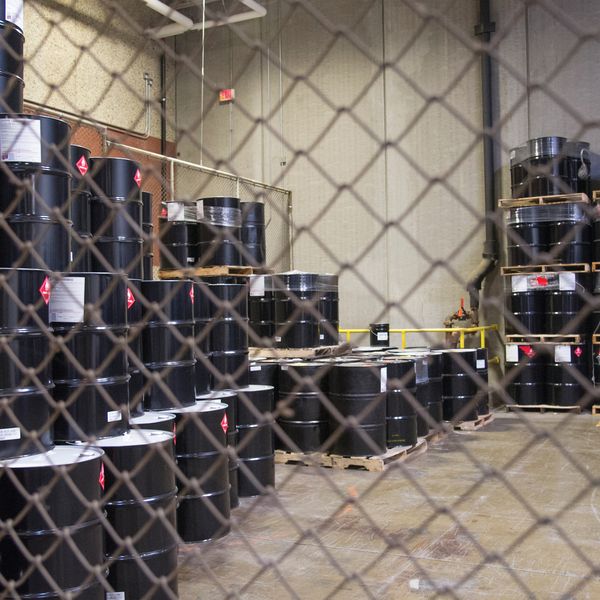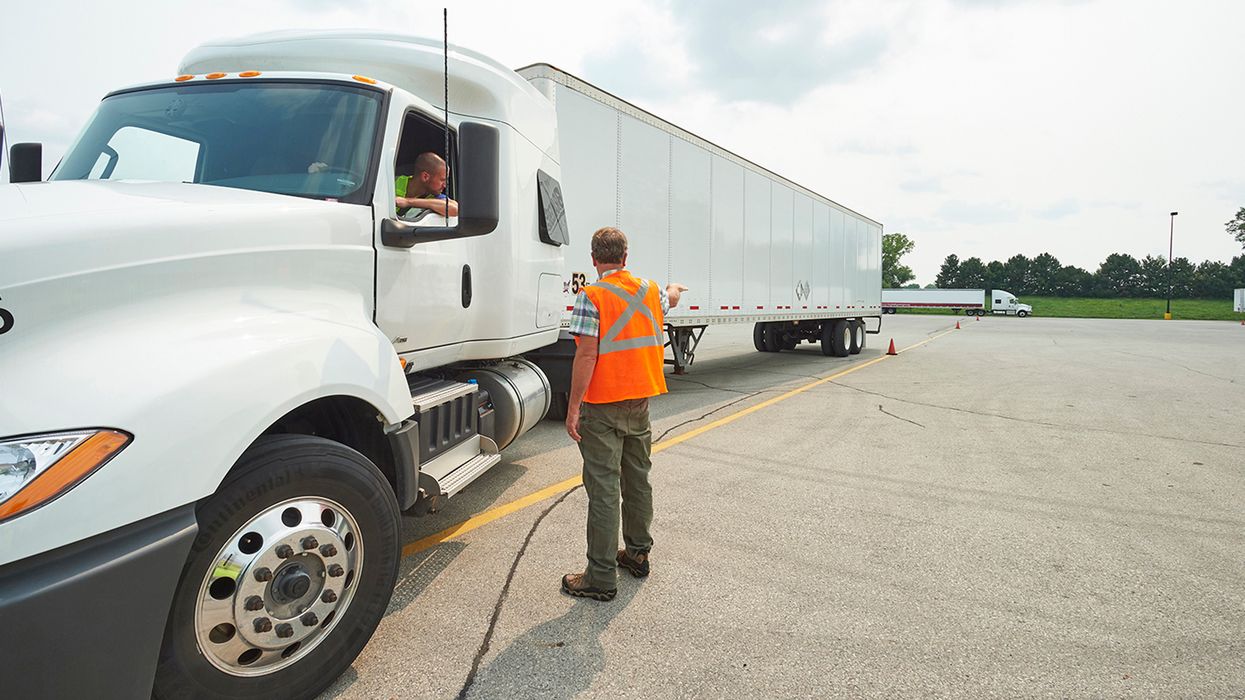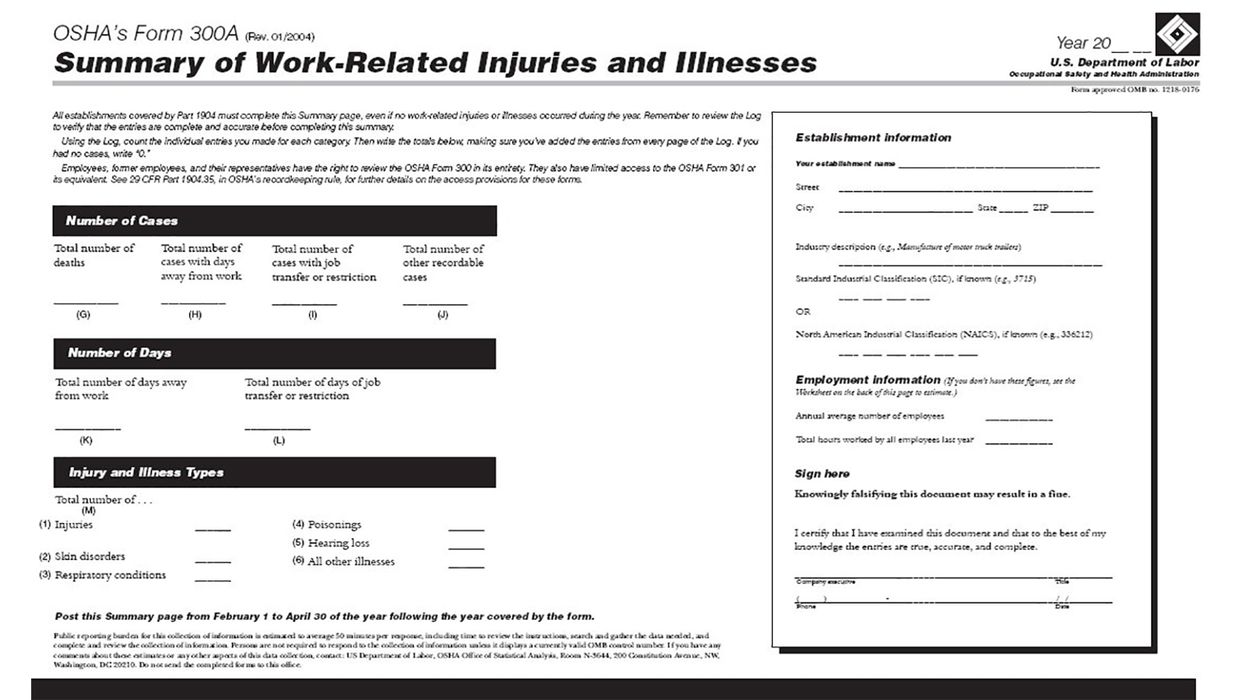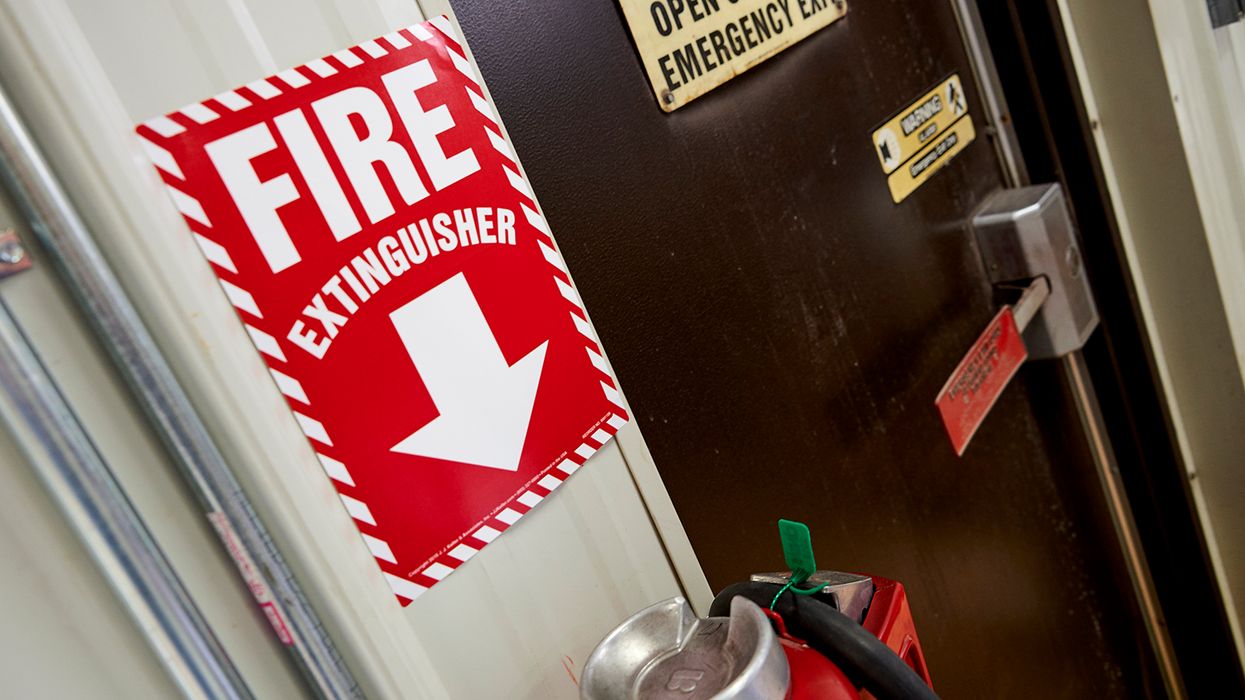Don’t burn out fire safety
Because of the deadly danger of fire, it’s to workers’ benefit to know what to do if a fire starts. They should be aware of certain procedures to protect themselves and others from injury during fires and other emergencies. They should be familiar with:
- How to report fires, hazardous chemical spills, and other emergencies.
- The route they are assigned to take during a building evacuation.
- Who to ask for more information.
In 2022, OSHA issued 11 citations to an employer with proposed penalties of $139,427 for a flash fire that resulted in an explosion and injured six workers. Violations included fire protection and prevention hazards not addressed by the employer during welding, cutting, and brazing operations. Ensure your workplace fire protection and prevention plan includes alarm systems, emergency shutdown, evacuation, and what to do if a fire starts.
Alarm systems
Most companies use alarm systems to alert employees to evacuate an area or to take a specific action. They must be able to recognize these alarms. In areas where production noise could prevent an alarm from being heard, flashing lights are often installed as a second visual alarm. These alarm systems must be reliable and may operate from auxiliary power sources even when the power goes out.
Emergency shutdown of equipment
If time permits before evacuation, workers should turn off any equipment they are operating, such as forklifts or conveyors. Employers should designate certain workers to shut down critical facility systems, such as gas and electrical power, before evacuating the work area if it’s safe to do.
Evacuation
Employers must develop emergency escape routes for the various locations in the workplace. Floor plans or work-area maps clearly define emergency escape routes and are commonly used to convey this information.
Designate certain employees to take a headcount of all workers after evacuation and to inform emergency responders of any missing personnel.
When a fire starts
When a fire starts, think only of safety and the safety of others.
Workers should sound the fire alarm when a fire is out of control, when not sure what is burning, or training for operating a fire extinguisher hasn’t been completed. Then, they should be instructed to call for emergency help from a safe place.
Workers must be aware of smoke and toxic fumes. These fumes enter the lungs and leave people unconscious and at the mercy of the smoke and flames.
Fire in the workplace is serious business. Any fire in the workplace has the potential to cause serious personal or property damage. When chemicals are involved, the possibilities for destruction are greatly multiplied. Employers and workers must each do their parts to make the workplace fireproof.
Key to remember
Workers must be aware of certain procedures to protect themselves and others from injury during fires and other emergencies.





